|
One of the many reasons people seek babywearing help is because they are unable to get their carrier comfortably adjusted. Babywearing should not be painful or uncomfortable for anyone! There is a carrier option (style, position, etc) that should work for you, but it may take a little "tweaking" to get things just right. Many people assume that means changing something about the carrier, but it can also mean changing our posture, or even a combination of the two.
To help us learn more about babywearing and posture, I interviewed Dr. Dara Lynne DaCunha.Dr. DaCunha is a chiropractor, doula, professional babywearing educator, and a mother of two. Her practice in Scottsdale, Arizona focuses on pregnancy, postpartum, and infant care. Dr. Dara is known for her treatment protocols with infants and feeding issues through chiropractic care and various forms of body work. Her experience as a personal trainer and yoga instructor support the priority she places on rehabilitating the postpartum body. Q: What is the main consideration about posture when wearing? A: The main thing to consider is your posture! Most caregivers are focused in on child and dismiss their own body, only to pay the price later on. Q: How does posture affect comfort while wearing? A: Well, at first, the majority of wearers won’t even notice they are uncomfortable. Discomfort from suboptimal posture is gradual and varies widely from person to person. Even without wearing a child suboptimal posture can be uncomfortable. Posture is the framework to movement. Q: What are some ways you see people change posture (and therefore are uncomfortable) when they put baby in a carrier? A: Some of the most common ones are rounded shoulders, rounded upper back, forward head posture, and hips pushed forward or to the side. Q: Are there certain carrier types or certain carries (in a wrap) that can be helpful for certain posture problems? A: Yes of course there are! I do believe that (physically) there is a carrier that can fit every caregiver, you just have to find it. A way to narrow down the search for a perfect carry is to think of counter-weight. For instance, if you have a upper torso that rounds forward, than a carry that pulls you upright might be more comfortable and even help correct posture. The carrier type will vary for everyone. Experimenting with different carries is the best way to discover what works for you. Q: What exercises can we use to improve our posture for wearing? A: There are many exercises that can help. One general stretch would be to lay on our backs, flat on the floor. We often don’t spend any time laying flat. We are hunched over a child or bending over our desk, sitting at a computer, staring at our phones, driving. All of these things round our shoulders forward and cause us to slump. Time flat our our back, letting our body relax into the ground. Q: What are some common adaptations or position tweaking suggestions? A: When you stand up straight and look at yourself in a mirror, from the side, your head, shoulder, ribcage, hip, knee, and ankles should all be in one line. Adjust your posture by looking in a mirror, after you have put the carrier on. This will give the wearer an idea of what it feels like to be in optimal posture and eventually it will be a subconscious movement. When you first adjust your posture you may have to adjust the carrier. The pressure points, shoulder height, hip stance will all change and therefore the carrier will fit differently. Slight adjustments are necessary at this point. Some people find, at this point, the new adjustments to the carrier remind them to keep the optimal posture. Q: Are there any circumstances in which you advise avoiding wearing for a period of time? A: There are definitely circumstances in which you should avoid wearing a child. Some cases that could fall into this category are surgeries, acute trauma (physical or psychological), and recommendation by your physician. If you are currently under the care of a physician, please consult them before babywearing. Many thanks to Dr. Dara Lynne for sharing her expertise. Being in tune with our bodies is important to reduce the chance of injury and strain while babywearing!
3 Comments
If you have ever asked for information about babywearing on an internet group dedicated specifically to babywearing, you have probably heard the advice: "Go to a babywearing group meeting!" It is a really common response when people ask for help. In fact, I've given that advice here! A group meeting is a great (free!) resource where you can learn about ideal positioning and different types of carriers, try on carriers to see what you (and your baby) like, get help with troubleshooting, and learn new skills, like feeding in a carrier, back carries, and more. Plus, if you like meeting new people and want to meet other families with babies, groups can be a great place to do that! That sounds scary! If you're like me, maybe you are a bit cautious about going to new places and meeting new people. Maybe you have a really busy schedule or will have to make some significant sacrifices (time off work, gas money or finding a ride, especially to a meeting that may be very far away) to be able to attend this thing that everyone says is so great. Maybe you have a child who is stressed by busy, noisy places. Maybe you are struggling with your mental health as a new parent, and while you've heard babywearing might help you cope with postpartum depression, you have no idea where to start, and this group thing seems like too much. I like to make an informed decision about whether I'll go to something new, by learning about what to expect. Understanding what will happen is how I decide whether it will be worth my time, whether I'll feel overwhelmed or uncomfortable, and whether my children will be able to cope well with the environment. If you're like me and like to "know before you go," this post is for you! The "secret handshake" Just kidding. There's no secret handshake! But there is a secret code - the jargon and specific phrases that are often used at meetings can seem like a whole new (and very confusing!) language. Most of the time, people who are providing instruction or help will explain these terms when they use them, but sometimes you might need to ask for them to repeat or clarify. Don't be shy about this! In general, the people who volunteer at meetings are friendly and really want to share the babywearing love, and they are used to answering all kinds of questions. Groups are different! Babywearing groups are not all the same. There are groups that are affiliated with Babywearing International, and groups that are "independent" (or, unaffiliated). There are enormous groups (seriously, 100+ people at a meeting!) and tiny groups (just a few people getting together at someone's house). There are groups with lots of structure (introductions, lecture topics, instruction, try on and practice, carrier check out), and groups with minimal structure (just drop in sometime during the scheduled meeting time, and get the help you need). There are groups with many meetings all over town every month, and groups that meet in the same place, same time every month. There are groups with large lending libraries of carriers that can be checked out by meeting attendees, and there are groups that have a small demonstration library of carriers you can learn with or try on at a meeting but cannot take home. Some groups have a clear leadership structure where only leaders can provide instruction, and in other groups, all attendees may help each other with carriers. There are some groups that are affiliated with other special interest groups, like breastfeeding, attachment parenting, and more. But also they are kind of the same Things that almost all groups have in common: the main focus of a meeting is babywearing, and you are encouraged to bring your baby, if you have one! Most groups have a Facebook group or page, and some also have websites, blogs, Instagram, Twitter, and good old e-mail. Try to contact them via one of these formats, and ask questions before you go, to understand what type of group it is! What to expect For groups that have some type of structure, the following agenda is fairly typical:
The fine print Other than the meeting agenda, here's a few other details you should know:
Some thoughts on accessibility OK, time to get really serious here for a minute. While babywearing groups are a fantastic community service in many regards, it would be irresponsible of me to not provide some thoughts regarding inclusivity and accessibility. Groups tend to overwhelmingly have members who are white, straight, female, and have some financial privilege. If you are a person of color or gay, you should be prepared that you may be the only one there. If there are only a couple of meetings in a month, they tend to be during the day, making them inaccessible for families who work during the day. They tend to take place at locations in wealthier or suburban areas, making them inaccessible or at the very least intimidating for families in lower-income area or who do not have transportation. This is often because the meeting times and locations are determined by the people who have the time, energy, and privilege to be volunteer leaders. If they are stay-at-home parents, they tend to choose meeting times that work best for their families' schedules. Carriers that retail between $100-150 are frequently recommended when families who are new to wearing ask for recommendations, making babywearing seem inaccessible to families who are on a budget. (Spoiler alert: it's not.) While these problems are not universal (remember there are all types of groups, in all types of communities?), they are quite common and worth mentioning specifically. There are some groups who are actively working to make changes to increase accessibility and inclusivity, but overall most groups have a long way to go. Go! And give back! If you have the means and availability to attend a group meeting, it can be a great way to learn more about using carriers and a great place to meet other families. Once you've learned what it is that you came to learn, keep attending if you can, and contribute to an environment of support for other new wearers! ! If you are able, consider volunteering your time to help out at meetings. Many groups are in need of volunteers who can sustain and even expand this great community resource, and many will be happy to find a way for you to help! To see if there is a babywearing group near you, check these links: https://wrapsodybaby.com/babywearing-resources/find-a-babywearing-group-near-you/ https://wrapyourbaby.com/babywearing-groups/ http://paxbaby.com/groups/ While most people can understand and appreciate the benefits of babywearing for little babies and their families, there are a lot of good things to be said about wearing big kids, too.
My older daughter (now age 7) was a baby who loved to be worn. She would settle into any carrier I had and snuggle right into me. She went through a few months on "wearing strike" around the time she learned to walk, where she preferred walking to hitching a ride on my back. After the strike was over, she continued to love our daily walks or snuggling in a carrier around the house. As she got (much) older and (much) heavier, I wore her less, but still found that wearing was a great tool: it was still a convenient way to carry her when I needed to keep her safe or she was tired of walking, it helped her relax when she was fighting sleep, and wearing seemed to bring her some calm and us both some connection, after an all-too-frequent preschool meltdown. In addition, it was still a wonderful way for us to have close interaction - as we took a hike or a long walk, she engaged in the constant stream of consciousness chatter for which preschoolers are famous. And when she was sick, it brought her comfort to be held close to my body. Now a "big kid," she still asks if she can ride on my back, and on occasion I indulge her. She still loves it (so do I!) and it still resets our connection if it's been strained. Wearing can also be a special tool for parents of big kids with special needs. Parents of kids with low muscle tone, visual impairment, or sensory needs (and many other special needs) may find that using a carrier can be convenient, calming, or enriching for their child. If you have questions about using a carrier with your child with special needs, please consult with your child's health care professionals. Many babywearing professionals will collaborate with health care professionals to help families find the right carrying solution for their child. Woven wraps and ring slings can be used with bigger kids, for varying lengths of time or dependent on the caregiver, child, and the situation. Many people prefer mei tai or buckle carriers for "big kids." Most toddlers can still be worn in standard size soft structured carriers like Ergo, Boba 4G, Tula, Beco Soleil and Lillebaby Complete. Some caregivers (and toddlers) find "toddler size" carriers to be more comfortable for a variety of reasons (taller and wider panel being the usual reason). Some toddler and preschool carriers are also tested to a higher weight limit than standard size carriers. Here is a list of some of the current specifically toddler or preschool size carriers (buckle carriers and a couple of mei tais) on the market today. Most of these are only available from specialty stores or direct from the manufacturer. - Tula Toddler - Beco Toddler - Angelpack MAX - Kinderpack Toddler - Kinderpack Preschool - Kanga XT - Kanga XTP - Lillebaby CarryOn - Soul Slings Full Buckle Toddler - Lenny Lamb Ergonomic Carrier Toddler - ToddlerHawk mei tai (from select retailers, limited supply) - Fidella Fly Tai Toddler size mei tai |
AuthorBeth. The babywearing lady. Archives
May 2017
Categories
All
all content
copyright 2016 Beth Secrist All photos used under the Creative Commons license through Flickr. Photography by: littletuesday12 |

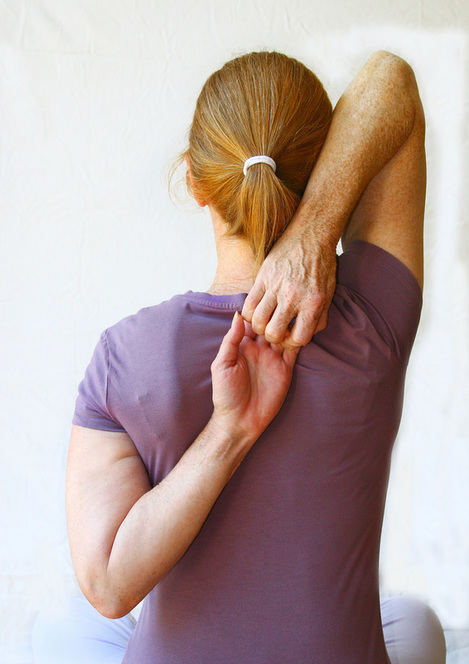
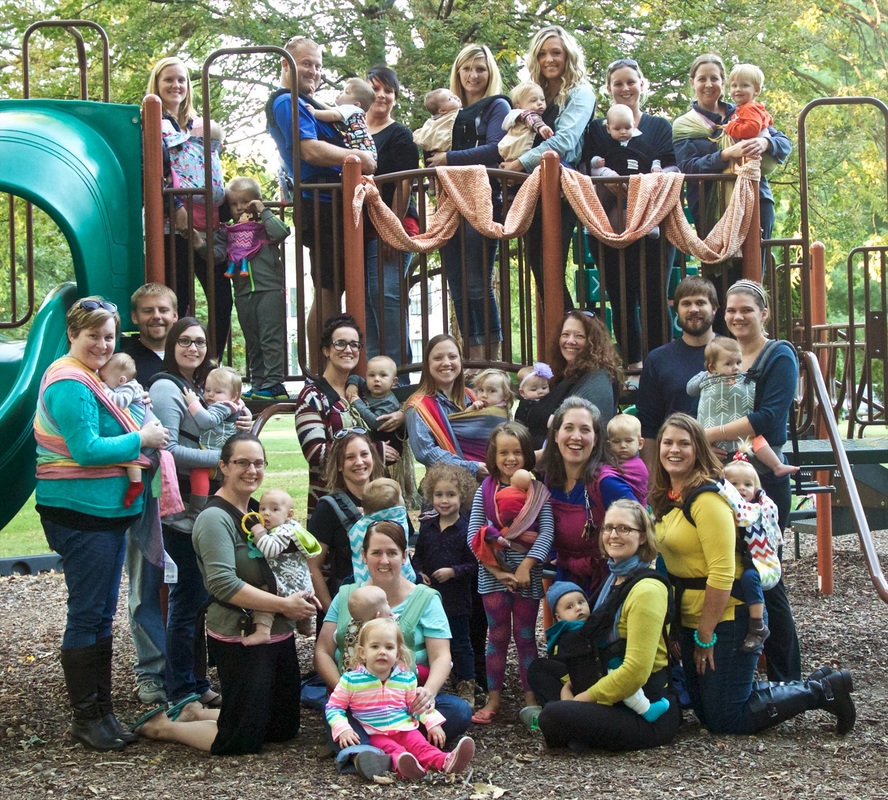
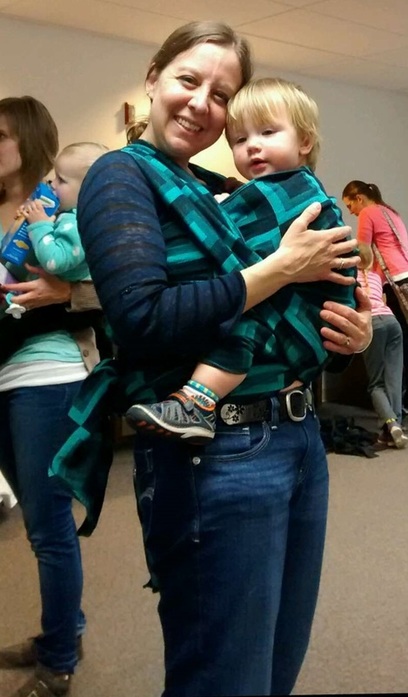
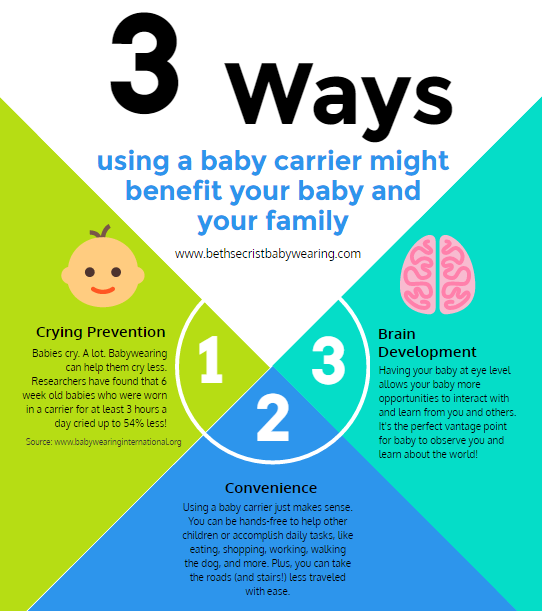
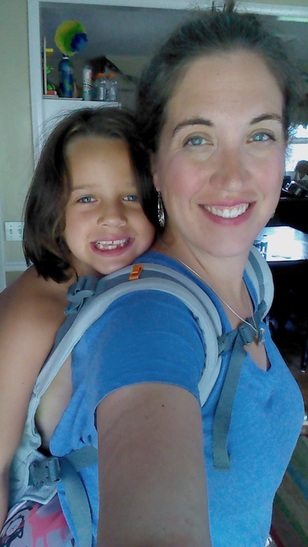
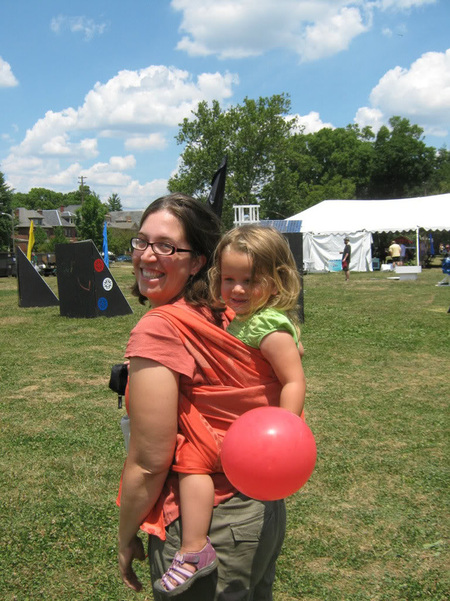
 RSS Feed
RSS Feed